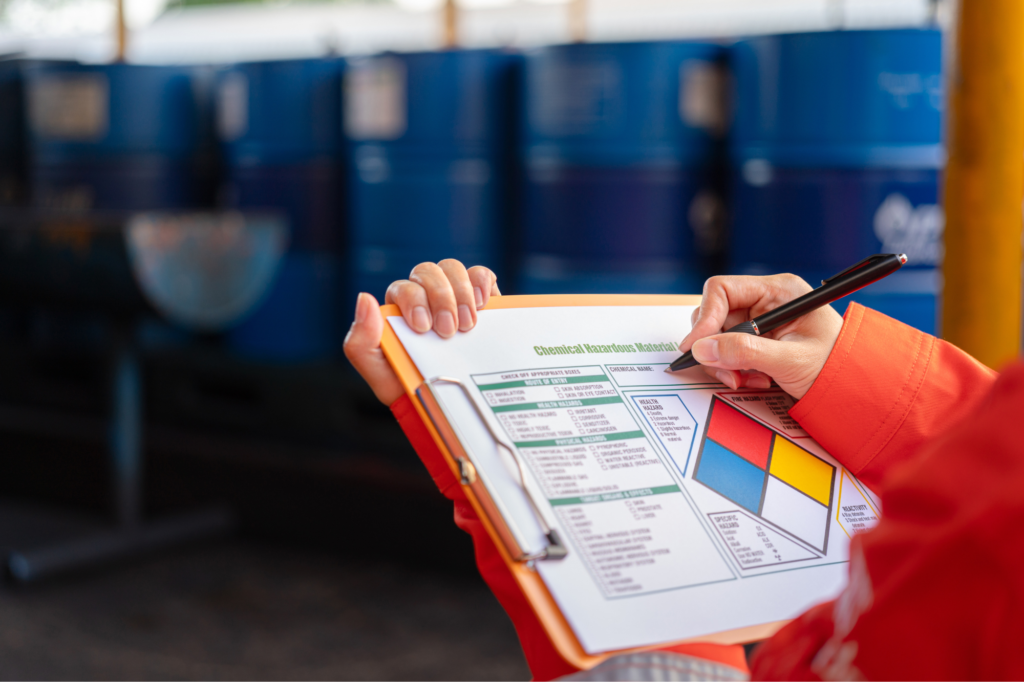
The impact of technology on worker safety
As safety professionals, we often consider the impacts of internal policies and regulatory changes on the well-being of our workers. The Occupational Safety and Health Administration (OSHA) spends hundreds of millions of dollars annually enforcing these policies, and advocacy groups push for changes in how employers and employees interact.
Still, many safety improvements in the last few decades have been due more to technological advances than policy changes. Safer tools, robotics, and information technology have contributed to a safer workforce. At the same time, some of these technologies have created new hazards that we must work to avoid.
Given the rapid pace at which technology advances, safety personnel need to understand its risks, rewards, and best uses. The following are a few of technology’s most significant impacts on worker safety.
Efficient machines
The positive side of technological innovations is that they can improve employee safety. Many machines have enhanced or replaced human labor, from faster hand tools to assembly line robots. In most cases, these machines make work safer. Drones and robots take on dangerous tasks, and hand-operated technology allows workers to complete jobs quicker, better, and with less risk.
Robots are also being used in manufacturing to ensure a safer working environment by performing repetitive tasks that would otherwise require humans to do them manually. The use of robots can help eliminate hazards and risks from the manufacturing process, especially when it comes to dangerous jobs like welding or grinding.
However, greater efficiency comes at a cost. Powerful machines use far more energy in far less time than human workers, and if that energy isn’t harnessed correctly, it can create disaster. Compare the effects of a chain saw accident with a hand saw, for instance. Greater rewards involve more significant risks, and today’s machinery requires thoughtful and developed safety policies for the workers who use it.
Better communication
Timely, reliable communication saves lives. Walkie-talkies and hand-held phones allow workers to communicate hazards before injuries occur, and wearables and other monitoring devices alert nearby personnel when a lone worker has fallen.
Information technology also has streamlined communication between stakeholders and jobsites within large organizations. New policies, procedures, and hazard notifications can be sent out in seconds, making all personnel aware of their hazards.
Security concerns
Of course, information technology and the shift toward digital recordkeeping also have their risks. In a paperless environment, a power outage or computer crash can halt communication for hours or days. Electronic systems are also subject to viruses and infiltration, compromising databases, client confidentiality, and worker privacy. Ultimately, the more sophisticated your digital records are, the more robust your network security will need to be.
Computerized training
A lack of proper training is a common cause of accidents. However, paper-based training and recordkeeping systems can make it impossible to stay current on individual workers’ training needs. Computer-based training systems eliminate these hassles. With the proper EHS management software, you can track everyone’s training progress from a central location and send out automatic alerts to employees who are behind. If necessary, you can even send notifications to supervisors that they should exclude an employee from a job until the employee has received the proper safety training.
Optimized PPE
If you’re up to speed on the latest personal protective equipment (PPE), hard hats and harnesses aren’t the only gear keeping your workers safe. Advanced PPE has become available, including high-tech lenses, flame-retardant clothing, and amazingly effective cut-resistant gloves. Similarly, wearable microchip technology can monitor workers’ health problems and vital signs, issuing warnings in unsafe environments.
Leveraging data for safety
Last but certainly not least, the ability to collect, organize, and synthesize data has profoundly affected worker safety. With the right incident and investigation software, you can keep all of your incident reports in a central repository, and different stakeholders can view and edit the information. With your records stored digitally, you can track trends and identify which hazards are causing the greatest harm. Just as retailers use big data to market to customers more effectively, your organization can use it to create targeted training programs and make policy changes that make an impact.
Human errors are still a major safety risk
While technology can help reduce human error and make the workplace safer, it’s important to note that this is not a foolproof solution. Even the most advanced systems won’t be able to eliminate all potential hazards and risks. Human error is still the leading cause of workplace accidents and injuries in industries like manufacturing, construction, transportation, utilities, and mining.
For safety professionals, technology is still a versatile tool that can be used to save time, reduce costs, and keep workers safe. Together, technology and safety procedures allow safety professionals to effectively manage and track their safety initiatives and those of their coworkers or employees.


